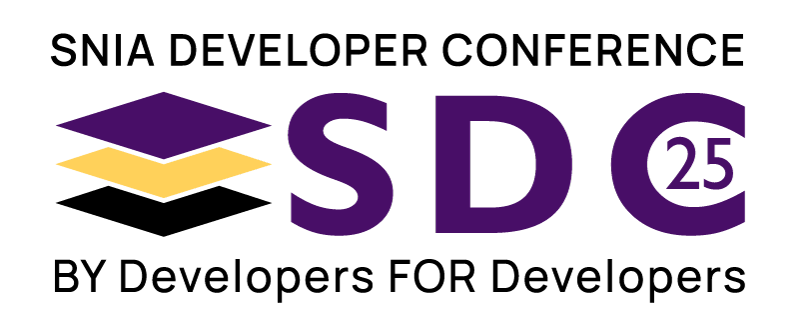
Envisioning a Computational Storage Architecture with an SDXI Data Mover: Early Efforts

Salon V
Tue Sep 19 | 3:05pm
Abstract
SDXI is a standard for a memory-to-memory data mover and acceleration interface that is extensible, forward-compatible, and independent of I/O interconnect technology. Among other features, SDXI standardizes an interface and architecture that can be abstracted or virtualized with a well-defined capability to quiesce, suspend, and resume the architectural state of a per-address-space data mover.
Computational Storage is a SNIA standard that defines architectures for offloading the host or reducing data movement. Compute resources residing on a storage device or very near a storage device perform computations on data instead of the host. Computational Storage reduces bandwidth and power requirements of the storage fabric and frees the host for other purposes.
While reducing data movement and offloading the host remains the goal, there are times when data needs to move to the compute or results need to move to the host. The SNIA SDXI+CS Subgroup is a new working group exploring the architectural possibilities of combining SDXI with Computational Storage. This presentation will share our current thinking and architectural explorations around unifying Computational Storage and SDXI as well as the use cases for SDXI-based Computational Storage devices.


